
A 2-year project involving the development of textile-based modules and interfaces for the control and synthesis of music during performance. A textile instrument provides a natural link between action and sound, enabling alternative compositions and improvisations impossible with traditional instruments.
Below you will find videos and descriptions to the photos of the project. Click the icons to the right to view videos and images from the project.
copyright Jeannine Han 2010
Textilen is a project designed to draw the human senses to the world of micro and macro patterns in sound and color and to explore methods for correlating the two mediums. This goal is accomplished via a two-fold process. First of all, patterns in sound are explored through the use of textile materials by way of creating new instrument interfaces, synthesizer sources, and tones in music harmony. Textilen involves challenging the traditional perception of a textile garment as solely a vehicle for visual and tactile stimulus by incorporating auditory stimuli, which complements the patterns, colors and textures of the existing material. The visual language of the textile is reflected in the musical language created by the piece, acting as if the materials were sheets of music for an orchestration. This metaphor of an orchestration of textiles and sounds is realized in several layers of the project, however, it manifests itself primarily in the form of several characters, each with their own costume; functioning as a visual and audio communication device.
Secondly, the patterns of the textiles themselves are explored and incorporated into costumes and characters so an association between the emanating sounds and the visual stimulus presented by the characters, highlights the underlying patterns used in both mediums. The building blocks of these characters were cut from self reflections of transformation, transcendence, adventuress, curiosities, and what I inspire to be. The process was literally the making of a band, from instrument design to character designs consisting of four personas: Nomad, Dream Weaver, Creature, and Shepherd. The final presentation will be organized in the context of a ritualistic performance art piece in a controlled sound environment, this ritual is to be a catalyst in strengthening social bonds between the characters.
Photographer Henrik Bengtsson

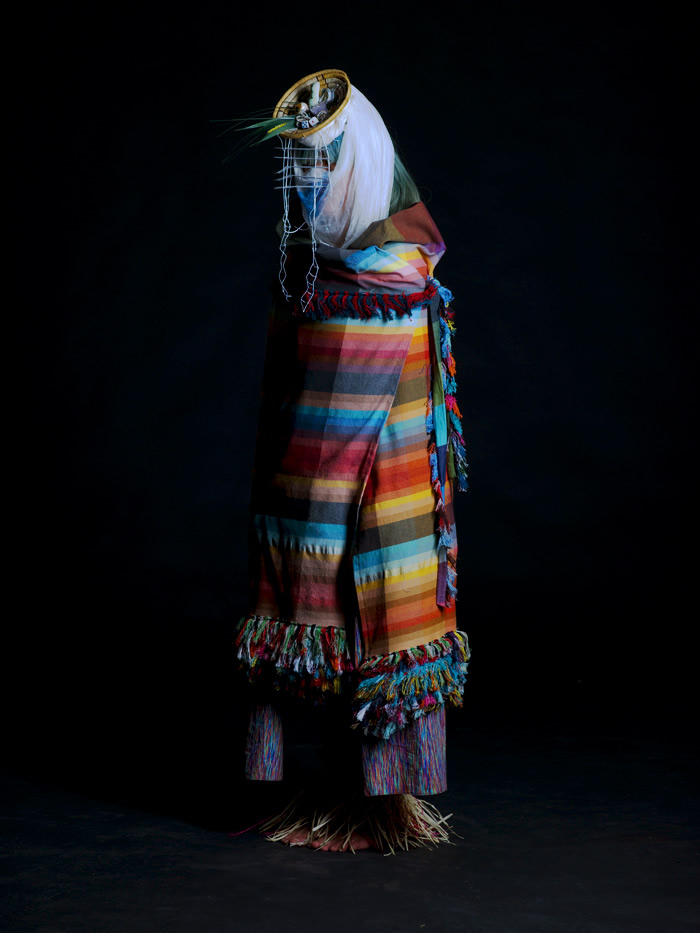

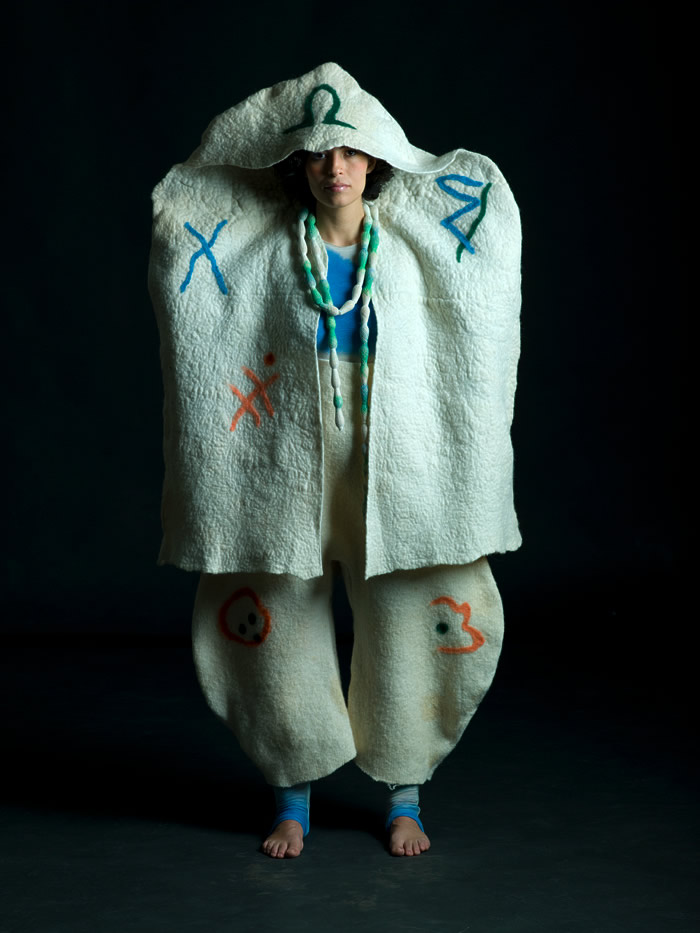

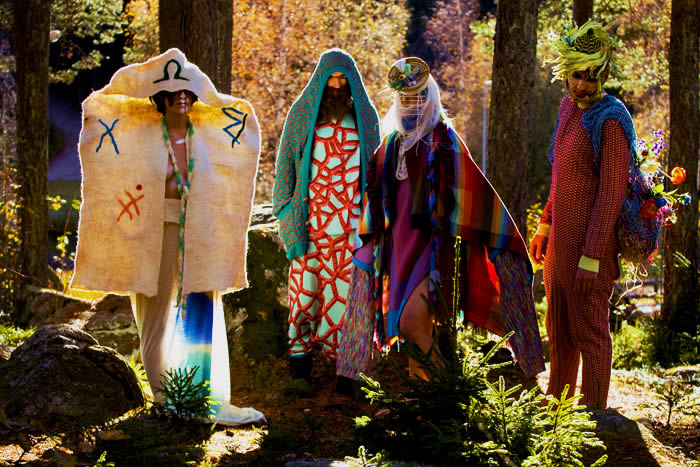
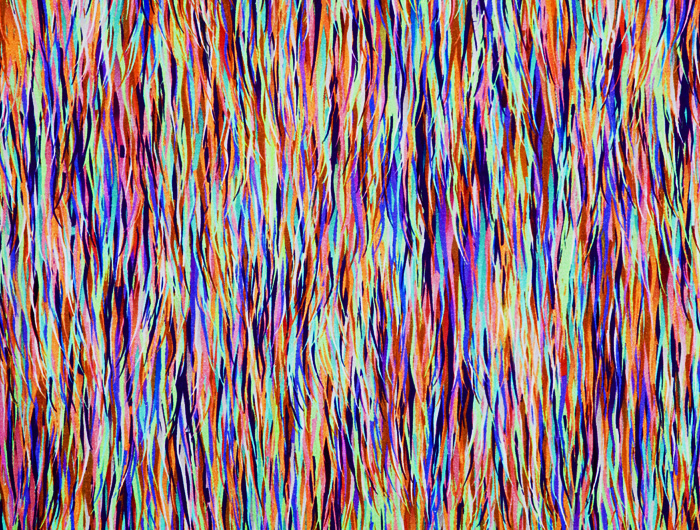
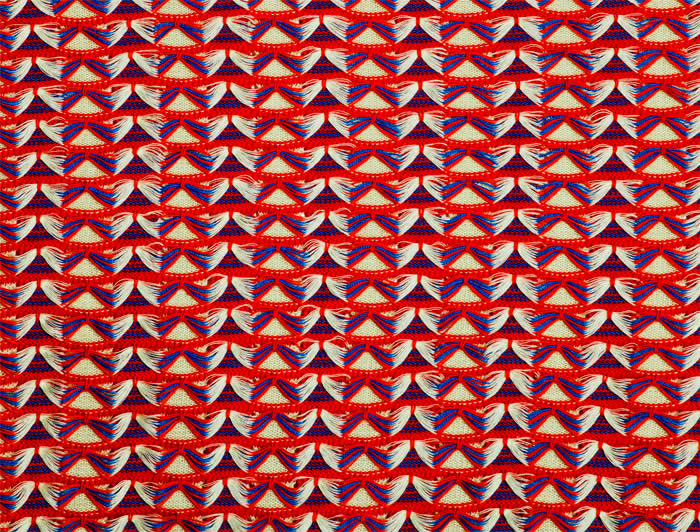
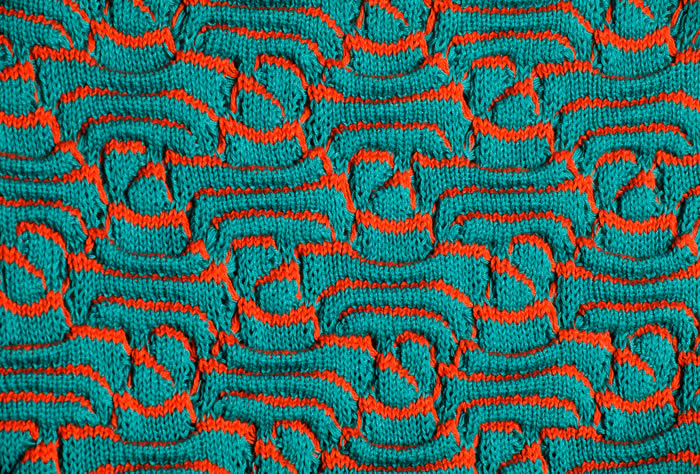
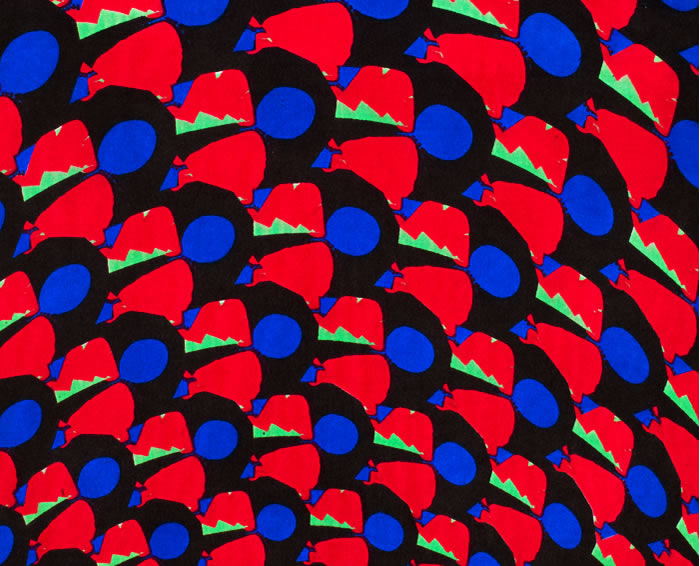

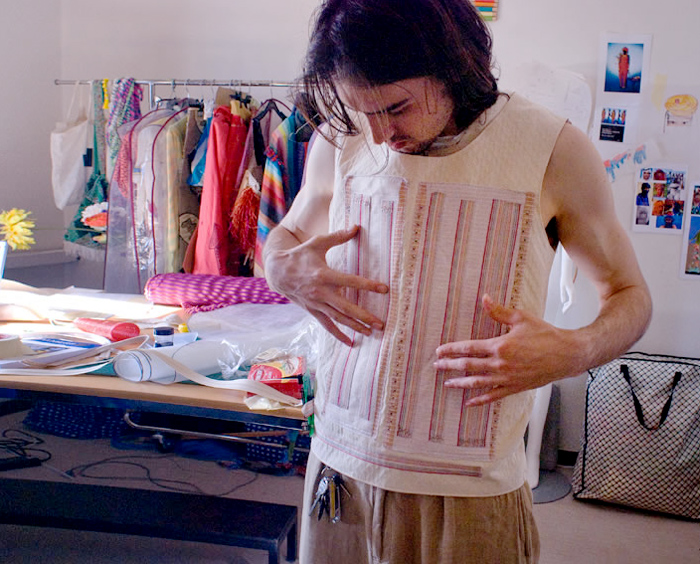
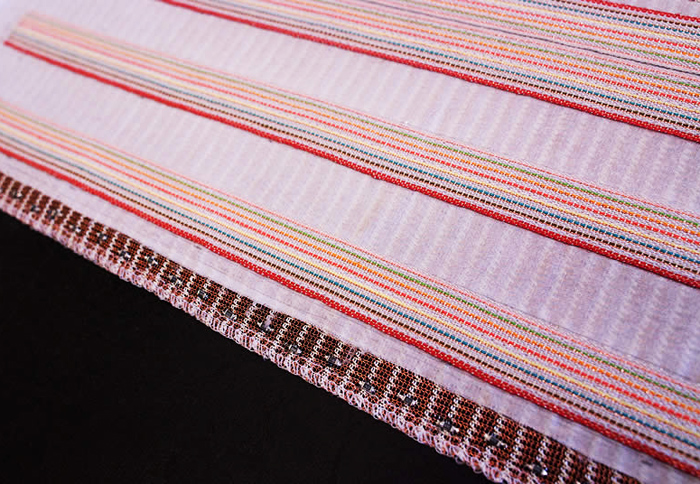
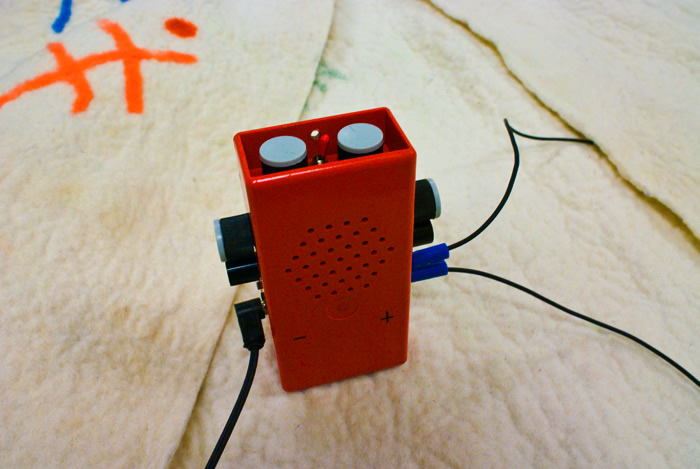

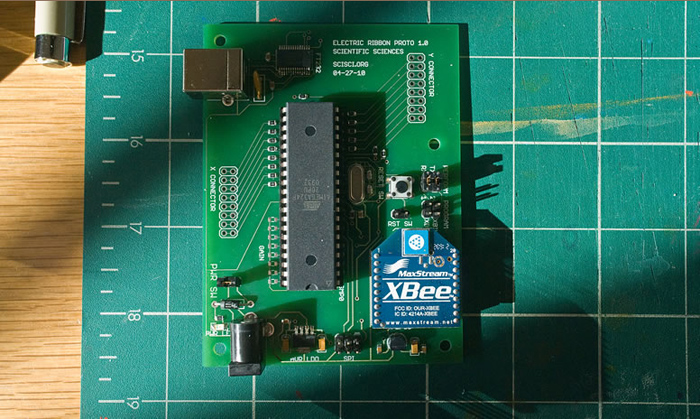
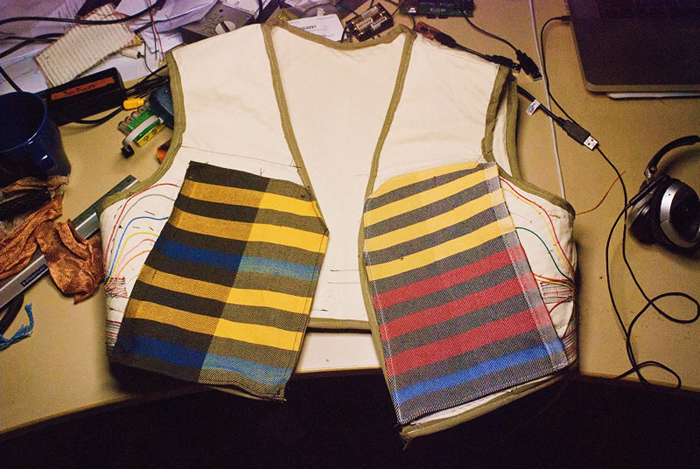
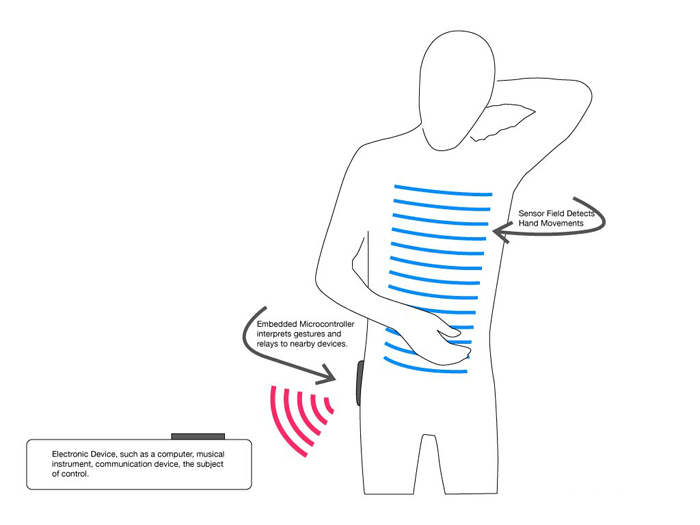
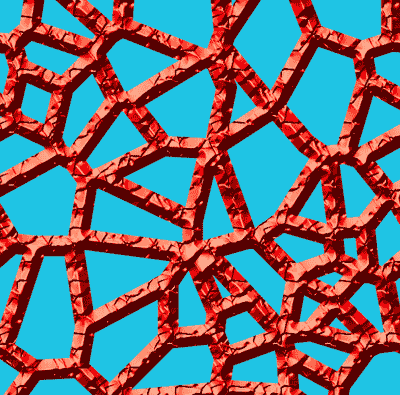

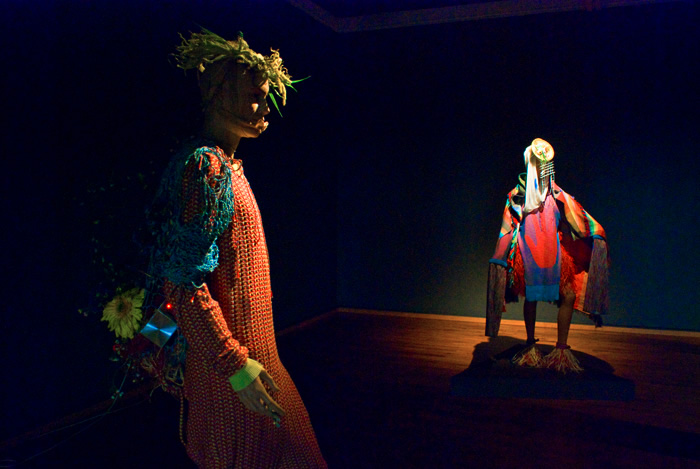

Workshop: Explorations in Textile Synthesizer at The Swedish School of Textiles, Febuary 2011 (dates to be announced)
Current Exhibition at Textil Museet in Borås Sweden. From December 21st thru January 26th. Closing performance at 14:00, Jan. 21st
Borås Tidning
Engineering & Technology Magazine
National Geographic (Blog)
Discovery Channel Blog
Talk 2 My Shirt
Gizmo Diva
The Institute of Engineering & Technology
Science Daily
Rebroadcasts:
Innovations Report
Informationsdienst Wissenschaft
German News Feed
My News Desk
Eurasia Review? (not sure what this is)